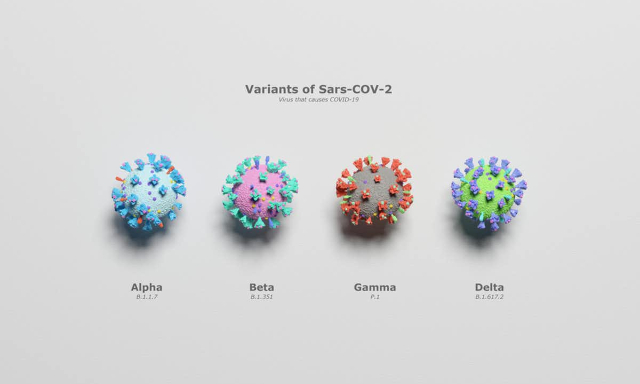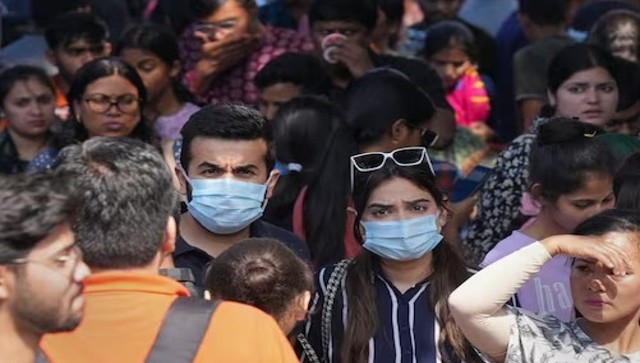A new coronavirus variant was detected in South Africa by scientists on 24 November. Classified as the highly-transmissible “variant of concern”, the now-named Omicron has caused panic across the world with many nations shutting their doors in a flashback to the early days of the outbreak of the pandemic. But how is a variant of concern different from a variant of consequence or even variant of interest. Let’s find out:
What are variants?
Remember Loki, how there were many Lokis but none of them looked the same? In this case, experts say, to spread, a virus needs to infect a host, replicate and produce copies of itself. But when a virus replicates it does not always manage to produce an exact copy of itself. This means that, over time, the virus may start to differ slightly in terms of its genetic sequence. Any changes to the viral genetic sequence during this process is known as a mutation and viruses with new mutations are sometimes called variants . Variants can differ by one or multiple mutations.
When a new variant has different functional properties to the original virus and becomes established in a population, it is sometimes referred to as a new strain of the virus. In short, all strains are variants, but not all variants are strains.
Classification of variants
Scientists monitor all variants but may classify certain ones as Variants Being Monitored, Variants of Concern, Variants of Interest or Variants of High Consequence.
A Variant Being Monitored is one that has developed specific genetic markers associated with changes that reduce the effectiveness of antibodies generated against previous infection or vaccination, reduce efficacy of treatments, or increase transmission or disease severity. Variants Being Monitored have been observed or demonstrated the potential to decrease the effectiveness of approved or authorised vaccines or therapies — or have been associated with more severe disease or higher transmission, but no longer pose an immediate or significant risk to public health.
A variant with specific genetic markers that have been associated with changes to receptor binding, reduced neutralisation by antibodies generated against previous infection or vaccination, reduced efficacy of treatments, potential diagnostic impact, or predicted increase in transmissibility or disease severity is classified as Variant of Interest.
A variant for which there is evidence of an increase in transmissibility, more severe disease (eg, increased hospitalisations or deaths), significant reduction in neutralisation by antibodies generated during previous infection or vaccination, reduced effectiveness of treatments or vaccines, or diagnostic detection failures categorised as Variants of Concern. Omicron has joins Delta, Alpha, Beta and Gamma on the current WHO list of Variants of Concern.
A Variants of High Consequence has clear evidence that prevention measures or medical countermeasures (MCMs) have significantly reduced effectiveness relative to previously circulating variants.
With input from agencies
Read all the Latest News , Trending News , Cricket News , Bollywood News , India News and Entertainment News here. Follow us on Facebook , Twitter and Instagram .


)




)
)
)
)
)
)
)
)